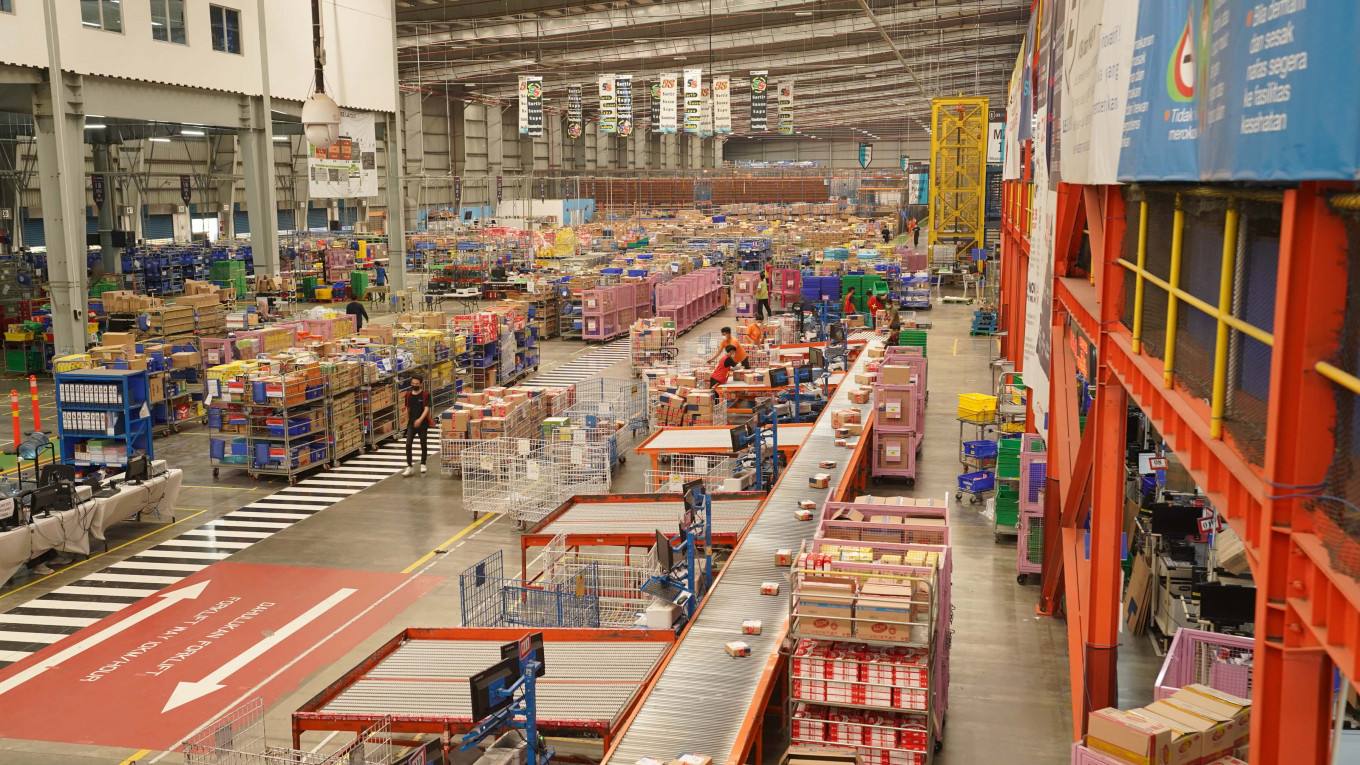ndonesia’s logistics industry presents significant investment opportunities, driven by robust demand growth and transformative market trends. According to a new study by Boston Consulting Group (BCG), the logistics sector in Indonesia is forecast to grow at a compounded annual growth rate (CAGR) of between 6 percent and 8 percent until 2030. This expansion is driven not just by overall GDP growth, but also accelerated economic activity in key sectors like e-commerce and nickel mining.
Historically, the Indonesian economy has suffered from high logistics costs due to fragmentation of volumes, routes, transportation and logistics providers.
High volume growth in key industries and regions creates opportunities for greater scale. In addition, there are other important changes underway that are also expected to improve efficiency in the logistics sector. This inflection point is expected to create supply gaps and pockets of investment opportunities for existing players to expand, as well as new investors to enter in this core sector.
Six trends driving change
Several key trends are expected to create significant inflection points in demand for logistics in Indonesia.
The first is ambitious infrastructure expansion. The country is undertaking major land and sea infrastructure projects aimed at improving connectivity. Notable among these are the 1,100-kilometer Trans-Java Toll Road and the 2,200 km Trans-Sumatra Toll Road. These projects significantly enhance transportation efficiency, reducing costs and travel time, thus opening up previously underserved regions and industrial areas for economic activity, both on the origin and destination sides.
The growth in bulk commodities and manufacturing is also unlocking potential in the national logistics sector. A variety of demand and supply factors are driving large investment in bulk commodities such as nickel, bauxite, corn, sugar and crude palm oil (CPO), as well as oil and gas. Manufacturing sectors, including consumer goods, automotive and food and beverage (F&B), are also projected to experience substantial growth, accelerated by greater foreign investments as a result of changing trade flows.








